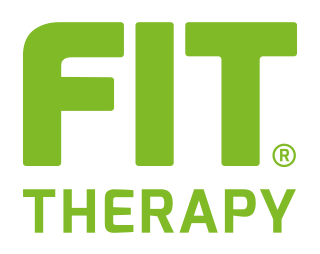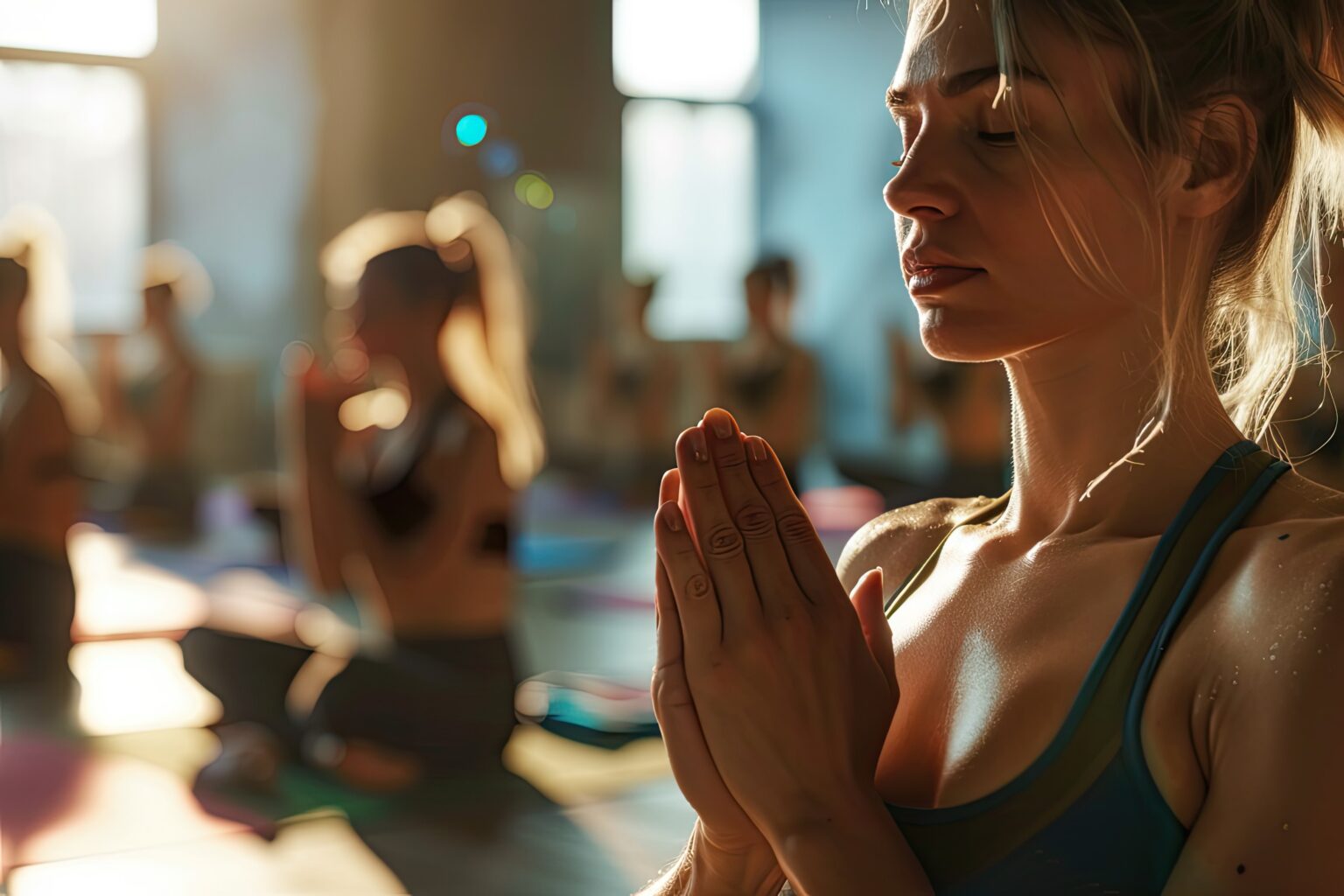- Home
- Arthritis
Arthritis

Arthritis
di FIT Therapy Technology Academy
What is arthritis?
Arthritis is a medical condition involving inflammation of the joints, the body structures where two or more bones meet. This inflammation can cause pain, swelling, stiffness, and loss of joint function. Arthritis can affect one or more joints and can occur in various parts of the body.
There are numerous forms of arthritis, with the most common ones including:
- Rheumatoid arthritis: This is an autoimmune form of arthritis in which the immune system mistakenly attacks the joints, causing inflammation and progressive joint damage.
- Osteoarthritis: This is the most common form of arthritis and is often associated with the wear and tear of joints and aging. It occurs when the protective cartilage inside the joints deteriorates, causing pain and stiffness.
- Artrite psoriasica: Questa forma di artrite colpisce le persone con psoriasi, una malattia della pelle, e può provocare infiammazione delle articolazioni.
- Gouty arthritis: It is caused by deposits of uric acid crystals in the joints and is often associated with a high level of uric acid in the blood.
- Juvenile idiopathic arthritis: This is a form of arthritis that affects children and adolescents, and the exact cause is unknown.
Causes of osteoarthritis
The causes of arthritis can vary depending on the specific type of arthritis, but may include genetic, autoimmune, infectious, or environmental factors. Common symptoms of arthritis include joint pain, swelling, joint stiffness, muscle weakness, and loss of mobility. The severity of symptoms and the impact on daily life vary depending on the type of arthritis and its severity.
FIT Therapy Technology and treatment protocols.
The treatment of arthritis depends on the specific type of arthritis, the severity of symptoms, and the individual needs of the patient. There is no definitive cure for arthritis, but there are many treatment options available to relieve pain, reduce inflammation, and improve joint function. Below are described some of the most common treatment options for arthritis:
- Physical therapies:
- Physical therapy: Strengthening and stretching exercises can improve muscle strength and joint mobility.
- Terapia occupazionale: Un terapista occupazionale può aiutare a sviluppare strategie per affrontare le attività quotidiane senza peggiorare i sintomi.
- Lifestyle changes:
- Weight management: Maintaining a healthy weight can reduce stress on joints affected by arthritis.
- Regular exercise: Moderate physical activity can help improve muscle strength and joint flexibility.
- Rest and stress management: Sufficient rest and stress reduction can help alleviate symptoms.
- Supports and devices:
- Orthoses: Orthopedic braces or supports can provide support to joints affected by arthritis.
- Orthopedic shoes: Footwear designed to provide proper arch support can reduce pressure on the joints of the legs and feet.
- Complementary therapies:
- Therapeutic massage: Massage can help relax muscles and alleviate pain.
- Alternative therapies: Some people find relief from arthritis through therapies such as acupuncture or tai chi.
It is important to consult with a specialist or rheumatologist for an accurate assessment and to develop a personalized treatment plan based on your specific situation. Long-term management of arthritis is often necessary to control symptoms and preserve the quality of life.
FIT Therapy Patch Treatment Method
The FIT Therapy Patch can be used to treat painful events related to osteoarthritis.
It proves to be a valid natural alternative to the use of medication or devices that release heat.
Instructions for proper application (also watch the video tutorial):
- Remove the patch from the base.
- Apply the patch to dry, clean, and hair-free skin.
- Wait about two minutes for better adhesion of the patch to the skin.
- Keep the patch applied for 5 days.
- Continue the therapy until an improvement in symptoms is observed.
The patch retains its function even when wet (e.g., during a shower).










